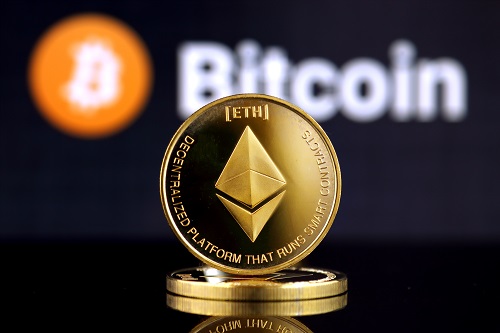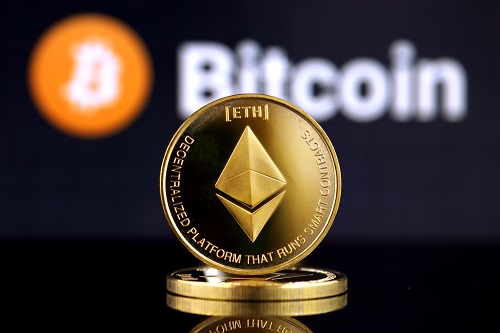Ethereum volatility falls below Bitcoin as volume lags

[ad_1]

Key Takeaways
Volatility has picked up in the last two weeks but remains low compared to normal levels
Ethereum’s realised volatility has now dipped below Bitcoin’s
Suppressed trading volumes are a big reason why volatility is lacking
August brought the lowest trading volume since October 2020
Ask anybody to describe the cryptocurrency markets, and there is a strong chance that the word “volatile” will be mentioned.
The nascent asset class is well known for aggressive price moves. However, it has not lived up to that reputation this year. Despite Bitcoin having increased 55% since the new year, the rise has been characterised by a slow and steady climb rather than sudden jumps as we have seen so often in the past.
A glance at its volatility, plotted on an annualised basis over a rolling 30-day window, shows this below. While the volatility has risen in the last two weeks amid news of the positive ruling on Grayscale’s case against the SEC, as well as other ETF-driven narratives, it is still lagging far below what we have come to expect from Bitcoin.
To be clear, realised volatility in the mid-30s is still extremely elevated when compared to other asset classes, so nobody is arguing that Bitcoin is now stable. Yet when compared to what we have seen over the years from Bitcoin, it is certainly unusual.
Perhaps the best way to sum up the placid nature of the crypto market is to compare the volatility of Bitcoin and Ethereum. Bitcoin tends to lead the crypto market, with altcoins trading like levered bets on the world’s largest crypto. While Ethereum may be too large at this point to qualify as an altcoin, it has nonetheless tended to display higher volatility than its bigger cousin. This gap has come down in 2023, however, as the below chart shows.
In fact, Ethereum’s realised volatility is actually currently below that of Bitcoin. The next chart zooms in the 2023 period, showing this “flippening”.
It is the fourth time this year that Ethereum has printed volatility below Bitcoin. The previous three times saw a swift regression, so it may happen again. Either way, the gap has been oscillating close to zero since the start of the year.
Why is volatility so low?
For many, Bitcoin – and crypto as a whole – must shed its habit of violent volatility. Should the asset achieve its goals of becoming a reputable store of value or a digital equivalent of gold, its value cannot fluctuate as much as it has for much of its existence.
Hence, it may be tempting to paint the dropoff in volatility in a positive light. However, that may be misguided. In truth, volatility and volume move hand in hand. And crypto volume has collapsed in the last two years.
August exchange volume came in at $423 billion, less than half of what it was at this time last year.
The $423 billion of volume last month was the lowest of any month since October 2020, before Bitcoin exploded into mainstream consciousness with a relentless run-up past its then-all-time high of $20,000.
The next chart shows exchange volume going back over the last two years, with volumes around $2 trillion at this time in 2021 – 5X last month’s figure.
While the earlier points regarding Ethereum trading with lower volatility may be dismissed by some as an argument that Ethereum is maturing and separating itself from the rest of the non-Bitcoin market, the suppressed volume is undoubtedly concerning for the market as a whole. It is also part of the reason why volatility is so low.
It feels inevitable that volatility and volume will pick back up. This is where ETFs, macro clarity, sentiment pickup and an overall brightening of the picture will help. And more likely than not, these will all occur, it is just a matter of when. With April 2024 now only seven months away, there is also Bitcoin’s fourth halving coming down the tracks – although it remains to be seen what effect that may have.
But for the moment, volatility and volume are both trickling along, far below what we had come to expect from this corner of the financial markets. remains to be seen
[ad_2]
Source link









